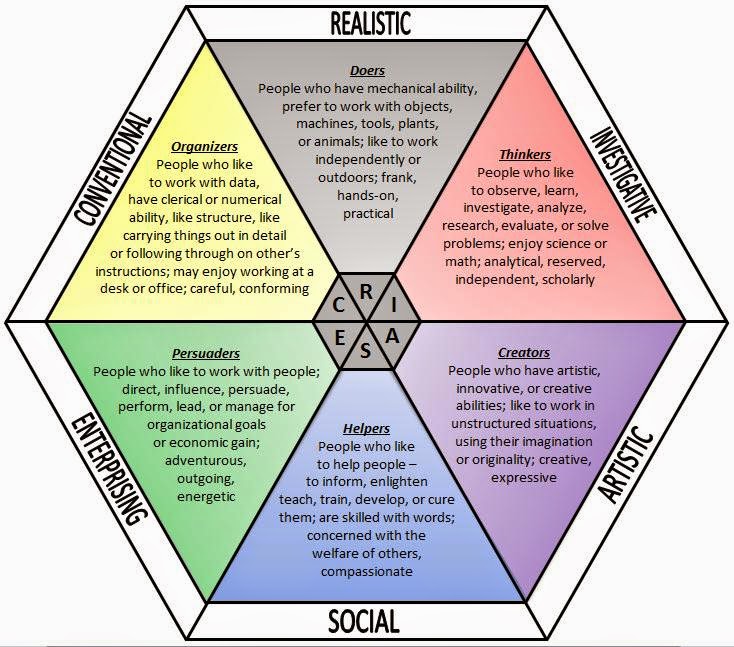Design of a contemporary workspace has a responsibility to comply with current respect of social change, work flexibility, evolving technology, sustainability and a diverse workplace. Current offices are in need of constant innovative solutions that will sustain the modern way of development in co- working places. Contemporary offices are in need of stable development and adjustments to existing social principles. Present day work environment has significantly changed throughout the decade. Co-working office spaces are now in need of a relaxed atmosphere. Studies show that contemporary culture in the way people work allow them to prosper better within the business markets. Twenty-first century office design comprises in merging single user and collaborative needs to give the best possible opportunities. From large scale offices to live/work projects and small-scale refurbishments, the type of social needs imposes a movement of the idea how every office can be improved. Within the corporation’s framework employers Continue reading
Modern Management Practices
A Brief Introduction to Six Sigma Methodology
The creation of Six Sigma Methodology is understood to be traced back to Carl Friedrich Gauss and introduced as a measurement in variation in organizations. Six Sigma name comes from the Greek alphabet “Sigma” which mathematician or statisticians uses in statistics to find a standard deviation. Motorola was the first company to use Six Sigma, to measure the quality of products and services from within. In the process of Motorola using Six Sigma, it helped them to pinpoint mistakes such as finances and operations. Six Sigma’s core philosophy was based on business process and customer requirements, extensive training to employees, focus on the organization, and creating an improved system. Six Sigma Methodology describes a business improvement approach that seeks to find and eliminate causes of defects and errors in manufacturing and service processes by focusing on outputs that are critical to customers and a clear financial return for the organization. Continue reading
Business Continuity Management (BCM) According to ISO 22301
Doing business is a great thing if everything runs perfectly. As we all know there is no such thing as a perfect way of doing anything. This is true in the business arena. Things are going to happen which is not in the best interest of the day to day operation of any business. Natural disasters such as hurricanes, tornadoes, floods, fire, and volcanoes can happen at any given time. Your business could be a victim of a serious data breach. All of the previously mentioned scenarios can seriously affect how business is run. To counteract those on foreseen events every company should have a continuity disaster recovery plan. Planning for the worst case and how the company is going to limit their downtime. The ultimate goal of the disaster recovery plan is to limit every potential risk and get the organization running as close to normal in the shortest Continue reading
Importance of Stakeholder Engagement in Business
Stakeholders are all those people or businesses that are essential for a company, because they contribute to keep it afloat or in operation. They can be affected if their expectations or needs are not met. There are three interested parties: suppliers, customers and investors. Each of them is an indispensable part. Without its essential contribution, the business could not be sustained or built. Suppliers provide the input, customers are those who consume our products and refer us to new prospects and investors or owners, contribute their capital for the sustainable development of the business. Stakeholders can benefit or be harmed by any action or decision taken. That is why every business or company must identify them and know their needs and expectations to fulfill them. Since above all, they are the ones that contribute in a special way to our business. Stakeholders have increasingly become an essential component of business Continue reading
John Holland’s Theory of Career Choice
It is John Holland’s view that career choice and career adjustment represent an extension of a person’s personality. People express themselves, their interests and values, through their work choices and experience. In his theory, Holland assumes that people’s impressions and generalizations about work, which he refers to as stereotypes, are generally accurate. By studying and refining these stereotypes, Holland assigns both people and work environments to specific categories. John Holland (1966, 1973, 1992, 1997) has published five books that explain his typological theory. Each book represents an update and a further-refined version of earlier work in the development of his theory. The -August 1999 issue of the book – The Journal of Vocational Behavior – contains 12 articles which describe John Holland’s 40-year contribution to career development theory. Two psychological inventories were important in the development of his theory: the Vocational Preference Inventory (Holland, 1985) and the Self-Directed Search (Holland, Continue reading
Application of Nostalgia Concept in Marketing
The historical term of nostalgia, initially started as a medical term. The term was coined in 1688 by Johannes Hofer (1669–1752) in his Basel dissertation to refer on ‘homesickness’. Homesickness was one of the most serious sickness during that time. The term of “nostos” which means return and “algos” which means pain, were introduced to described people that suffering pain because of being far away from home and have needs to return to their home. Subsequently, the term ‘nostalgia’ evolved, and moved away from being a disease. Nostalgia known as a term that refer to time: past, present and future. In order to be classified as nostalgia, there are four factors that need to be fulfilled: An emotional feeling of being lost in space and time. An emotional feeling due to loss of values and references of civilization. A personal loss feeling occurred because of less freedom. Insecurity on a mass consumption culture Continue reading




